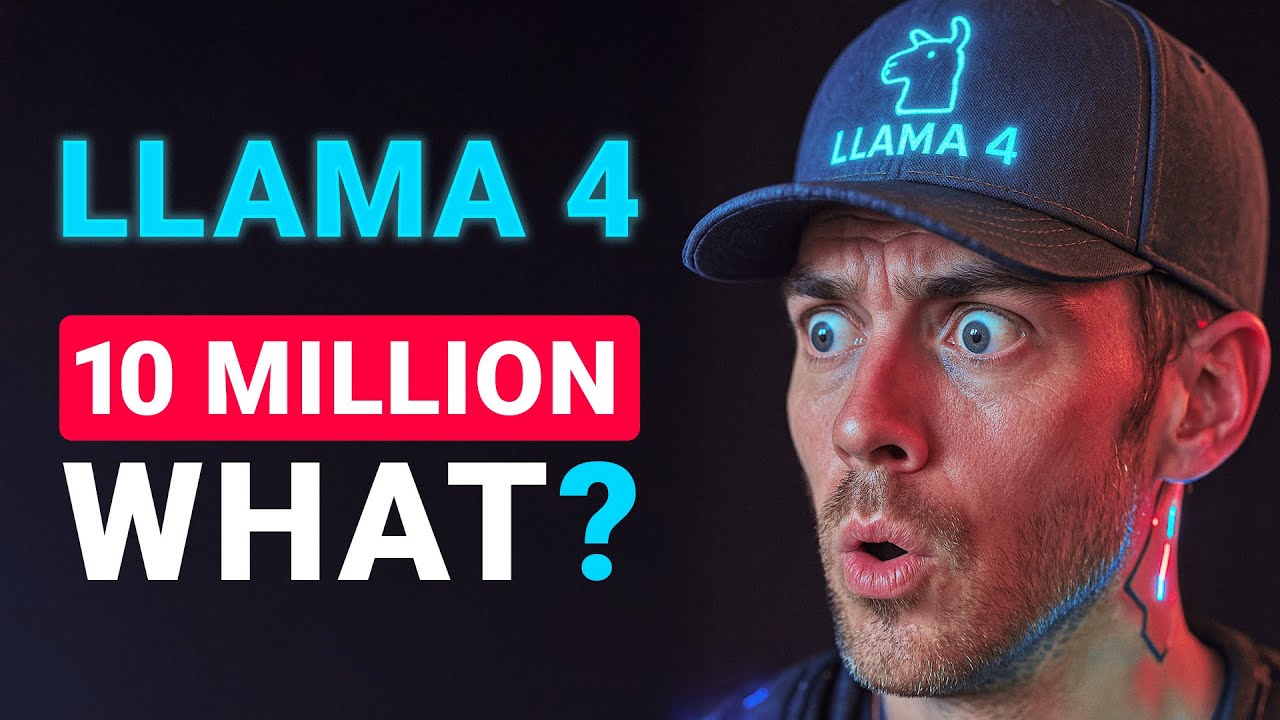The video discusses Meta’s Llama 4 AI, highlighting its impressive capability to process up to 10 million tokens, which allows for extensive data analysis and long-term conversation, despite some challenges in coding tasks and context memory. It also introduces new AI models, Scout and Maverick, while emphasizing the potential of Llama 4 for open science and inviting viewers to consider its practical applications.
Meta’s Llama 4 AI was recently released, and the video explores its capabilities and performance through various challenges. The initial tests included a coding task involving a bouncing ball, where Llama 4 struggled with collision handling, raising questions about its reliability. Despite this, the video introduces two new AI models, Scout and Maverick, which are available for free, while a larger model named Behemoth is still in training. These models are designed to enhance the learning process of smaller networks.
One of the standout features of Llama 4 is its impressive context length of 10 million tokens, allowing it to process and recall vast amounts of information. This capability enables users to input extensive data, such as a 10-hour video, and ask questions about it, showcasing a unique property not found in other AI systems. The ability to maintain a long-term conversation and remember user preferences over time is highlighted as a significant advantage, although it may occasionally forget specific details, resembling human-like intelligence.
The video also discusses the technical aspects of Scout and Maverick, noting that they can run on a single high-end graphics card or be rented from cloud services like Lambda. The long context window allows for the analysis of large codebases, making Llama 4 a potentially valuable tool for specific coding tasks, even if it is not the best at coding overall. Benchmarks indicate strong performance, but the video emphasizes a cautious approach to interpreting these results.
However, there are concerns regarding Llama 4’s context memory, as independent studies have begun to stress test its limits, suggesting that it may not perform as well as expected. Additionally, the model is not released under an MIT license, which could affect its accessibility and usage. Despite these drawbacks, Llama 4 is positioned as a free tool for projects requiring extensive context, while other models like Gemini may excel in different areas.
In conclusion, the video celebrates the innovations brought by Llama 4, particularly its ability to handle vast amounts of text and its potential for open science. The presenter encourages viewers to consider how they might use this new AI tool, reflecting on the growing availability of free and open AI models in the future. The discussion invites engagement from the audience, asking for their thoughts on the practical applications of Llama 4.
